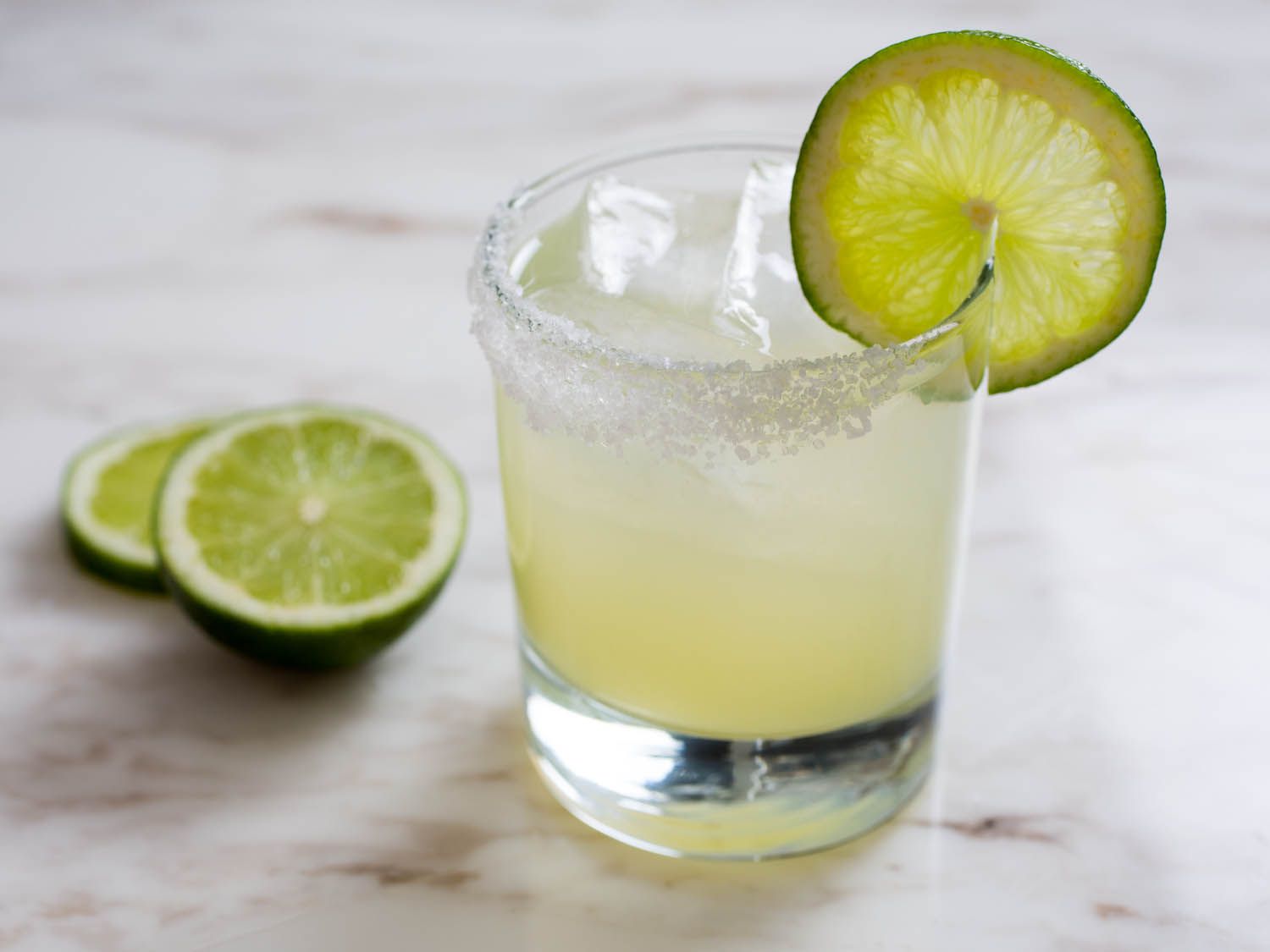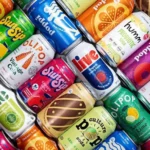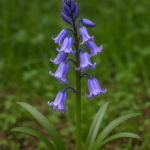
Welcome to the vibrant world of the Margarita, a timeless cocktail that has enchanted cocktail enthusiasts for decades. As we delve into the origins and intriguing facts surrounding this beloved drink, you’ll discover a concoction that goes beyond a simple blend of tequila, triple sec, and lime juice. From its mysterious beginnings in the 1930s to its global acclaim and cultural significance, the Margarita has become more than just a beverage; it’s a symbol of relaxation, celebration, and the joy found in the art of mixology. Join us on a journey through history and trivia as we raise a glass to the Margarita and its enduring legacy. Cheers!
Origin: The origin of the Margarita is shrouded in a delightful mystery that adds to its allure. While the exact date and location remain debated, the consensus points to the late 1930s or early 1940s. This ambiguity allows the Margarita to carry an air of timeless sophistication, with its roots firmly planted in the golden age of cocktails.
Invention: One captivating narrative attributes the invention of the Margarita to Carlos “Danny” Herrera, a bartender in Tijuana, Mexico. The story unfolds with a creative twist – Herrera supposedly crafted the cocktail for a customer allergic to all alcohols except tequila. This ingenious solution not only showcases the bartender’s skill but also hints at the Margarita’s versatile and adaptable nature.
Location: Tijuana, Mexico, or Ensenada, Baja California – these locations are intertwined with the Margarita’s early days. Whether it was mixed in the vibrant atmosphere of Tijuana’s bars or against the backdrop of Ensenada’s coastal beauty, the Margarita carries a sense of place, echoing the warmth and spirit of Mexico’s drink culture.
Name Meaning: The Margarita’s name holds a poetic connection to its composition. “Margarita” translates to daisy in Spanish, an homage to the classic daisy cocktail that likely influenced its creation. This linguistic bridge between the past and present adds an extra layer of elegance to the drink’s identity.
Key Ingredients: At the heart of the Margarita’s timeless appeal is its simple yet harmonious trio of ingredients: tequila, triple sec, and lime juice. The careful balance of these elements reflects the artistry of mixology, turning a mere combination into an enduring classic.
Tequila Quality: Elevating the Margarita experience is the choice of tequila. Opting for 100% agave tequila isn’t just a preference; it’s a commitment to quality and authenticity. Each sip becomes a journey through the blue agave fields of Jalisco, where the finest tequila is born.
National Margarita Day: February 22nd is a day of jubilation for Margarita enthusiasts worldwide. National Margarita Day provides the perfect excuse to raise a glass and celebrate this iconic cocktail, acknowledging its cultural impact and the joy it brings to countless aficionados.
Most Expensive Margarita: For those seeking the epitome of luxury, “The Platinum,” a $1,200 Margarita offered by the Grand Velas resort in Mexico, stands as a testament to opulence. This extravagant creation blends the finest ingredients, offering a taste of the high life alongside the Margarita’s familiar tang.
World’s Largest Margarita: In 2011, El Paso, Texas, made a colossal mark in Margarita history by creating the world’s largest Margarita. This monumental endeavor involved mixing over 8,500 gallons of tequila, triple sec, and lime mix, showcasing the community’s dedication to both fun and record-breaking feats.
Classic Ratio: The classic Margarita adheres to a golden ratio – 2:1:1 for tequila, triple sec, and lime juice, respectively. This precise formula, a testament to the art of mixology, ensures that each element contributes its unique essence without overpowering the others, resulting in a perfectly balanced cocktail that has stood the test of time.
Marie Claire Endorsement: In 1948, the Margarita received a glamorous endorsement that catapulted it into the spotlight. Marie Claire, a renowned fashion and lifestyle magazine, featured the Margarita, introducing it to a broader audience and cementing its status as a chic and sophisticated cocktail. This editorial nod played a crucial role in propelling the Margarita beyond its Mexican origins into the realm of international cocktail culture.
Presidential Connection: Even the highest office in the United States couldn’t resist the allure of the Margarita. In the 1960s, President John F. Kennedy was known to enjoy this refreshing libation during his vacations in Acapulco. The image of a charismatic president sipping a Margarita added a touch of glamour to the cocktail, making it a symbol of leisure and sophistication.
Popular Glassware: The Margarita’s distinctive glassware, often rimmed with salt, is an integral part of its presentation. The wide, shallow bowl not only showcases the cocktail’s vibrant color but also enhances the overall drinking experience. The salted rim provides a delightful contrast, intensifying the flavor profile and adding a sensory element to each sip.
Largest Tequila Producer: Mexico proudly holds the title of the world’s largest tequila producer. This nation’s rich agave fields, especially in Jalisco, the heartland of tequila production, contribute to the global supply of this iconic spirit. The Margarita, by extension, becomes a cultural ambassador, embodying Mexico’s heritage and craftsmanship.
Tequila Production Region: Authenticity is paramount in the world of tequila, and the Margarita, as its ambassador, carries this legacy forward. The majority of tequila production occurs in the Jalisco region of Mexico, where the unique terroir imparts distinct characteristics to the agave plants, influencing the flavor profile of the final spirit and, by extension, the Margarita.
Agave Plant Maturity: The journey from agave plant to tequila is a patient one. The blue agave plant, the soul of tequila, takes between 7 to 10 years to reach maturity before it is ready for harvesting. This extended maturation period contributes to the depth and complexity of the tequila used in crafting the perfect Margarita.
Tequila Aging Categories: Tequila aficionados appreciate the nuances of aging, and the Margarita allows them to savor these subtleties. The categories of blanco, reposado, añejo, and extra añejo represent varying degrees of aging, each imparting unique flavors to the Margarita. The choice of tequila aging adds layers to the Margarita experience.
Triple Sec Origin: Triple sec, a crucial ingredient in the Margarita, has its roots in France. The term “sec” means dry in French, reflecting the dryness of the orange-flavored liqueur. This international fusion in the Margarita’s recipe underscores its cosmopolitan charm, blending Mexican tequila with a European citrus liqueur.
Margarita on the Rocks vs. Frozen: The eternal debate between enjoying a Margarita on the rocks or frozen speaks to the diverse preferences of cocktail enthusiasts. The classic on-the-rocks version emphasizes the purity of the ingredients, while the frozen Margarita, popularized by modern technology like the blender, adds a refreshing and slushy dimension to the experience.
Frozen Margarita Machine: The advent of the frozen Margarita machine in 1971, invented by Mariano Martinez in Dallas, marked a technological milestone in cocktail culture. This innovation revolutionized the way Margaritas were served, making them more accessible and consistent in texture. The hum of a frozen Margarita machine became synonymous with carefree moments and laid-back gatherings.
Margarita Ville: The iconic song “Margaritaville” by Jimmy Buffett, released in 1977, became a cultural anthem and an ode to the carefree, beachside lifestyle associated with enjoying Margaritas. The song’s infectious melody and lyrics have elevated the Margarita to more than just a cocktail; it’s now a symbol of escapism, relaxation, and a laid-back approach to life.
Tequila Worm Myth: The folklore surrounding tequila often includes the notion of a worm at the bottom of the bottle. However, this myth is misleading. High-quality tequila, including that used in Margaritas, doesn’t feature a worm. The misconception is more aligned with certain mezcals, not tequilas, adding a layer of mystery and intrigue to the tequila narrative.
Margarita’s Global Popularity: The Margarita has transcended its Mexican origins to become a globally recognized and beloved cocktail. Its popularity knows no bounds, with enthusiasts from diverse cultures embracing its refreshing taste and timeless appeal. The Margarita’s global status reinforces its position as a cultural ambassador, connecting people worldwide through the joy of a well-crafted cocktail.
Official Cocktail of Texas: In 2009, Texas officially declared the Margarita as its state cocktail, acknowledging the profound impact this drink has had on the state’s social and culinary landscape. The Margarita’s official recognition in Texas further solidifies its status as a quintessential beverage, deeply ingrained in the cultural fabric of the Lone Star State.
Margarita’s Variations: The Margarita’s enduring popularity has led to a myriad of creative variations, showcasing the cocktail’s adaptability. From fruity infusions like strawberry, mango, and passion fruit to innovative twists incorporating herbs and spices, mixologists continue to push the boundaries of the classic recipe. These variations reflect the dynamic nature of the Margarita, ensuring its relevance in contemporary cocktail culture. Each new iteration adds a fresh chapter to the Margarita’s rich and evolving story.
Margarita FAQs: Your Guide to the Classic Tequila Cocktail
The margarita, a refreshing and tangy tequila-based drink, is a summertime staple. But its history is shrouded in mystery, and there’s more to this cocktail than just salt and tequila. Dive into these frequently asked questions to learn everything you’ve ever wondered about margaritas.
1. What’s in a margarita?
A classic margarita is a simple combination of three key ingredients:
- Tequila: Blanco (silver) tequila is the preferred choice for its clean agave flavor. Reposado (rested) tequila can also be used for a smoother taste.
- Lime Juice: Freshly squeezed lime juice is essential for that perfect balance of sweet and tart. Bottled lime juice can be used in a pinch, but fresh lime adds a depth of flavor.
- Orange Liqueur: Traditionally, Cointreau or another orange liqueur is used. Triple sec, a more affordable option, can also be used, but it may have a slightly different flavor profile.
2. What are the different types of margaritas?
The beauty of the margarita is its versatility. Here are some popular variations:
- Frozen Margarita: Blended with ice for a slushy consistency, perfect for a hot day.
- Tommy’s Margarita: Omits the orange liqueur, creating a drier and more tart drink.
- Flavored Margaritas: Incorporate fruit purees, liqueurs, or spices for endless flavor combinations like strawberry, mango, or jalapeno.
- Skinny Margarita: Uses low-calorie sweeteners or skips the added sugar for a lighter version.
3. What’s the deal with the salt rim?
The salt rim on a margarita glass serves two purposes:
- Taste: The salty rim creates a sweet, salty, and sour taste sensation that adds another dimension to the drink.
- Grip: The salt helps grip the glass and prevents drips.
4. How do I make a margarita at home?
Making a margarita at home is easy! Here’s a basic recipe:
- Ingredients:
- 1.5 oz Blanco Tequila
- 1 oz Fresh Lime Juice
- ¾ oz Orange Liqueur
- Lime wedge for garnish
- Coarse salt for rimming (optional)
- Instructions:
- Rub a lime wedge around the rim of a margarita glass.
- Dip the rim in coarse salt to coat.
- Combine tequila, lime juice, and orange liqueur in a shaker filled with ice.
- Shake well and strain into the prepared glass.
- Garnish with a lime wedge and enjoy!
5. What are some tips for making a great margarita?
- Use high-quality ingredients, especially fresh lime juice.
- Invest in a good cocktail shaker for proper chilling and dilution.
- Don’t over-sweeten your margarita. The natural sweetness of the orange liqueur should be enough.
- Experiment with different flavor combinations to find your favorite twist.
6. What’s the history of the margarita?
The margarita’s origins are a bit of a mystery, with several competing stories. Here are a few popular theories:
- 1930s Acapulco: This is the most popular story, crediting a socialite named Margarita with creating the drink for guests.
- Daisy Cocktail Twist: The margarita’s recipe closely resembles the “Daisy” cocktail, a brandy-based drink. Tequila might have simply been substituted for brandy.
- Texas Experimentation: Another theory suggests that the margarita was invented along the Texas-Mexico border in the 1940s.
7. Fun Facts about Margaritas!
- National Margarita Day is celebrated on February 22nd.
- The largest margarita ever made was over 36,000 liters and was created in Las Vegas in 2015.
- The word “margarita” means “daisy” in Spanish.
Now that you’re armed with margarita knowledge, grab your favorite tequila and get shaking!









